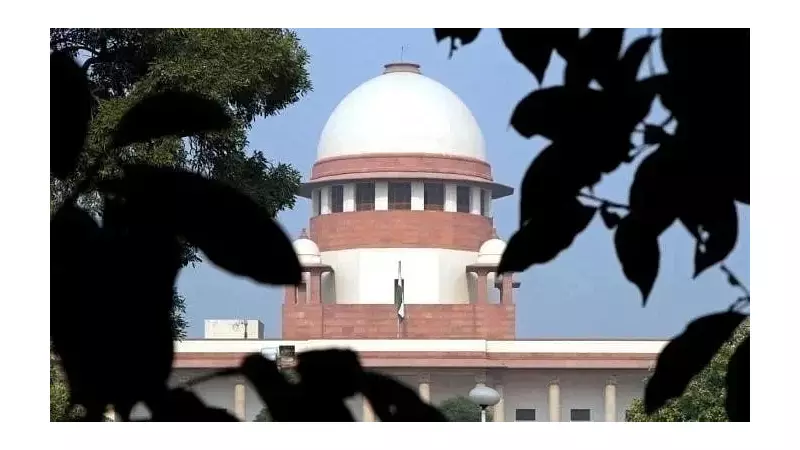
In a significant environmental law development, the Supreme Court of India has overturned its previous stance on post-facto environmental clearances through a 2:1 majority verdict. The landmark decision came on Tuesday, November 18, 2025, marking a pivotal moment in India's environmental regulatory framework.
Bench Delivers Split Verdict
The three-judge bench, comprising Chief Justice B R Gavai, Justice Ujjal Bhuyan, and Justice K Vinod Chandran, delivered three separate judgments while addressing nearly 40 review and modification petitions. These legal challenges were filed against the court's earlier Vanshakti judgment that had completely prohibited post-facto environmental approvals.
The divided verdict saw two judges supporting the recall of the previous judgment, while one judge maintained the original position against post-facto clearances. This 2:1 split highlights the complex legal and environmental considerations involved in the case.
Review of Vanshakti Judgment
The batch of review petitions specifically challenged the Vanshakti judgment, which had established a strict precedent against regularizing projects that began operations without obtaining mandatory environmental clearances. The original judgment had significant implications for numerous industrial and infrastructure projects across the country.
The November 18, 2025 verdict represents a substantial shift in the judicial approach to environmental compliance. By allowing post-facto clearances under certain circumstances, the court has provided relief to many projects that had been operating in legal limbo.
Implications for Environmental Governance
This decision is expected to have far-reaching consequences for environmental governance and industrial development in India. The ruling potentially creates a balanced approach where projects that inadvertently began without clearances can seek regularization while still being subject to environmental compliance requirements.
The separate opinions delivered by each judge indicate the nuanced perspectives within the judiciary regarding environmental protection versus developmental needs. Legal experts anticipate that this verdict will set new parameters for how environmental laws are interpreted and implemented across various sectors.
Environmental activists have expressed concerns about the message this sends regarding compliance with green norms, while industry representatives have welcomed the pragmatic approach that acknowledges ground realities of project implementation.





